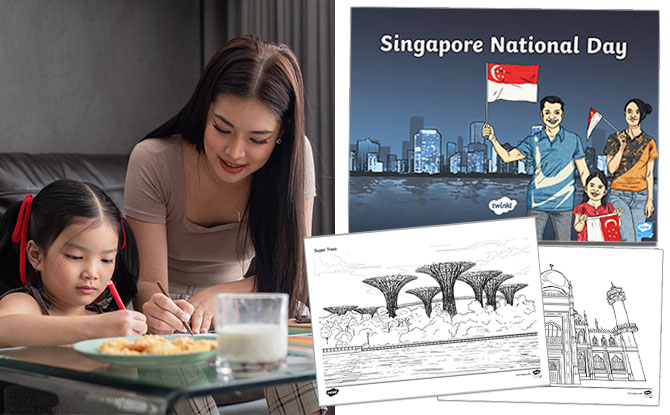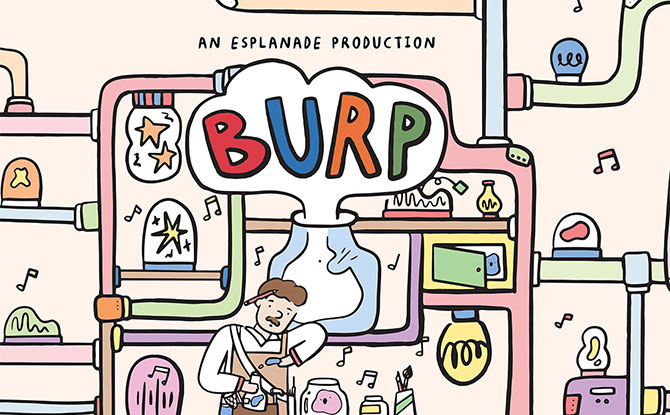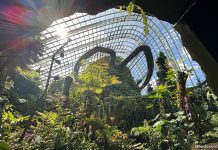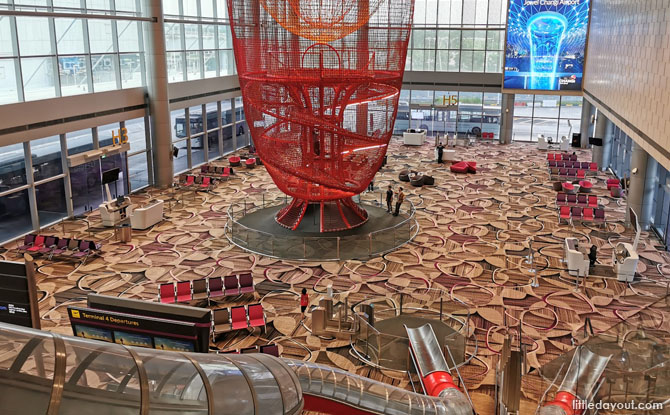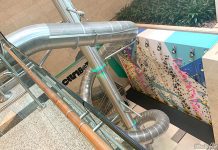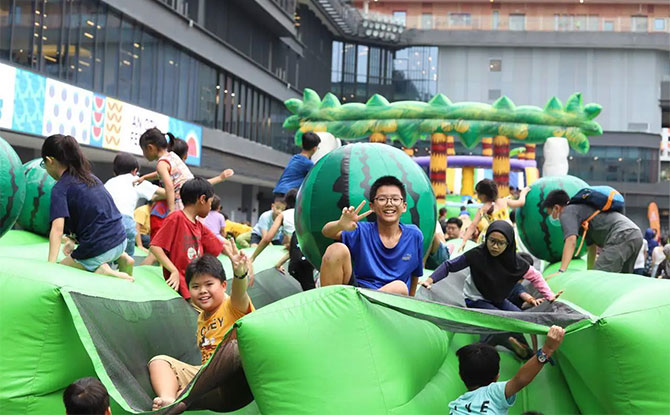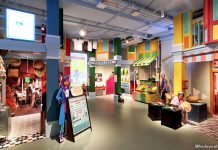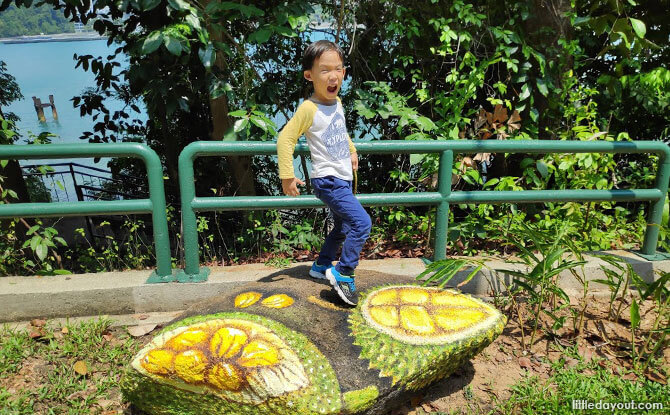
What could possibly bring you back to the 15th century aside from a time machine? A work of art! Prolific muralist Yip Yew Chong’s latest works have been commissioned by Sentosa in conjunction with the Bicentennial to bring visitors a trip into time showcasing the history of Sentosa and Singapore. The murals at Fort Siloso are a great way to talk about Singapore’s past to the little ones. As this path is extremely stroller and wheelchair-friendly, it is definitely a family-friendly walk!
Yip Yew Chong – the muralist, perhaps, needs no further introduction. His works are peppered all over our island from corners in cultural districts to schools and in heartlands.
Three Periods in Sentosa and Singapore’s History

The path to Fort Siloso is located right next to the entrance to the Sky Walk; visitors should veer towards the right where the path sits next to the waters leading to Keppel Bay. The murals are first presented on the walls named “Through the Window” – with three of them outlining the three periods in the history of Sentosa and Singapore.
BE PSLE-READY: Join Expert Educators for Revision Boosters to Empower P6 Students
BURP: Join the Sound Collector on a Whimsical Chase at Esplanade – Theatres on the Bay
WEEKEND IDEAS: Get Inspirational Ideas of Things to Do
The very first one presents 15th Century, where the “Dragon Tooth Strait” or “Longyamen” as recorded as Wang Da Yuan would have been a popular trading passage for junks and of course pirates. The longyamen is likely, in today’s context, to be the waterway between Sentosa and Labrador point. How apt is it that the path would be a stone’s throw away from the original site of this important passageway.
Sentosa was known as Pulau Blakang Mati or “Death from behind” due to the amount of bloodshed, piracy in the area. The second mural in the series showcases the inhabitants and Malay villages then – witnesses to the tumultuous and mysterious past. It was only in 1827 when the British thought that the are was strategic to protecting shipping passages into the harbour.
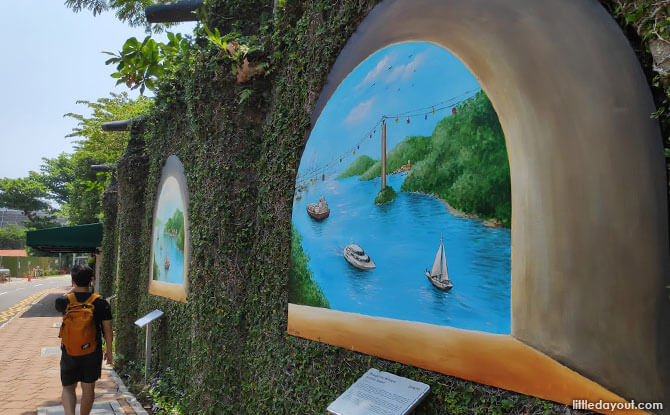
So how did Sentosa become such an important part in Singapore’s past and present? Aside from its glamorous fortification and base as the Royal Artillery, it fell to the Japanese forces and part of it was a prisoner-of-war camp. In 1972, Sentosa was developed into a leisure island focused on tourism.
The Path Down History with the Murals at Fort Siloso
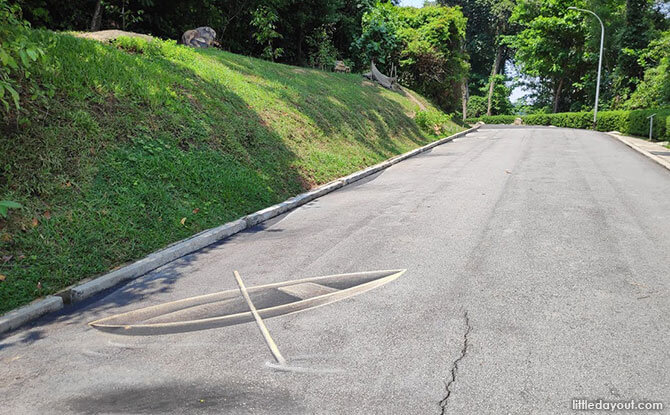
Yip Yew Chong’s realistic murals have a fascinating look especially because of the various surfaces he chooses to work on. As we entered Fort Siloso Road, a modest sampan painted on the road served as a perfect spot for picture-taking and also heralded the view of a kampong. And what else would you have spotted? The same lion that Sang Nila Utama could have seen as this was likely the area he first landed on when he sailed from Palembang.
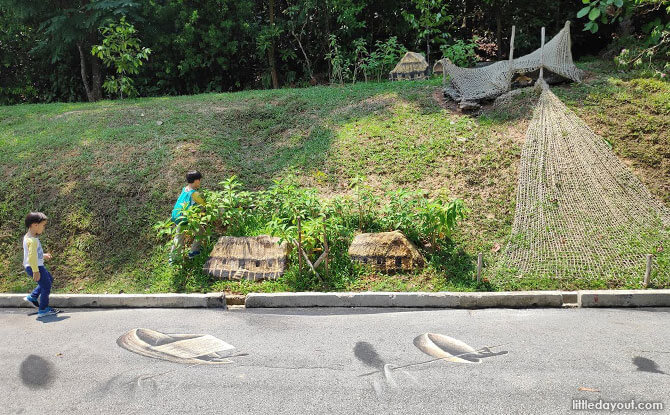
The attap houses are all painted on rocks, amidst the green landscape, they seemed to be a striking resemblance to how the houses would have looked like when the island was a lot greener. Even fishing nets were placed along the slopes to remind us of the typical livelihoods of the villagers then. More fishing boats and fish lined the path, ideal for an immersive experience in the 15thcentury.
While the original “Dragon Tooth” have long been blasted into bits, a painted replica was on display right next to a Chinese Junk that would have plied the trade routes then. Precious goods such as porcelain vases, bowls, pots, kris, gold coins, jewellery were also seen as 14thcentury archaeological evidence has shown active trading in the area.
Even the famed “Singapore stone” can be seen on the slopes.
Winds of Change for Sentosa
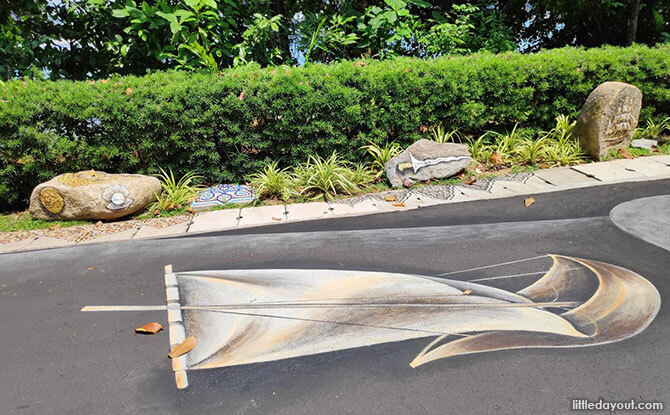
When the harbour at Singapore river got too busy, a new harbour was created at Keppel Harbour, offering dry docks for ship repairs, cooling stations for steam ships as well as fresh water and food supplies. The route off Sentosa was favoured by natives though by the 1700s the Main Straits were preferred by the Europeans due to development in shipping technology and inherent dangers. Despite the changes, the sea remained critical to Singapore. Hence, Yip painted the patterns at the side of the road depicting the melting pot of cultures with the gathering of traders and settlers.
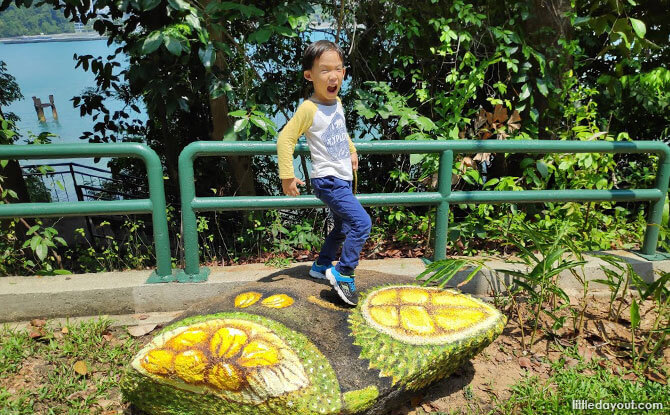
Children would have tons of fun spotting the familiar tropical fruits and spices, even animals found in Singapore then as they traipse along the path. From a tiger (using two different rocks!) to the palm civet cat and chempedak to durian, these are tropical delights that would be frequently spotted during the kampong days.
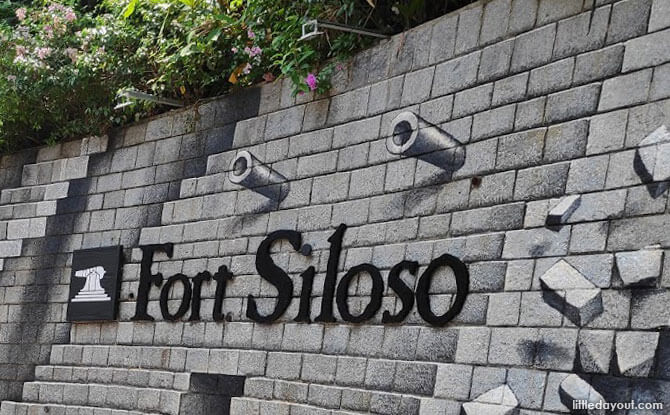
The scene then transitioned to the pre-war days and a flight of ‘steps’ led visitors to the underground forts at Siloso Point. With cannons, bricks and steps painted onto the façade of Fort Siloso’s entrance, the waves seemed to sweep visitors in a dramatic manner into the heart of Fort Siloso’s battles.
Yip Yew Chong’s Waves of the Strait Murals at Fort Siloso Road
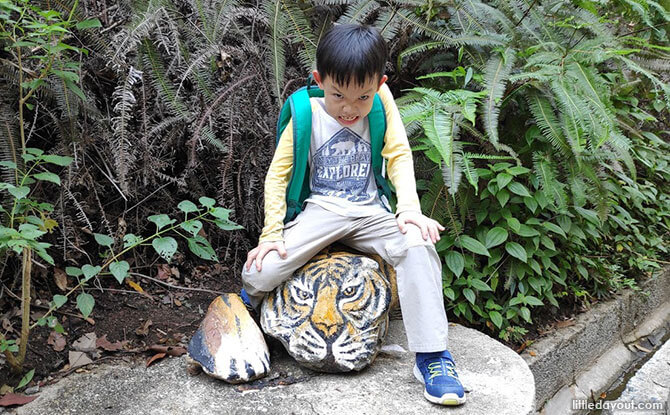
We loved how Yip’s murals always seems to leap out at audiences, provoking more perspectives and thoughts as art should. The stories told behind the various strokes, colours and gradient are crafted with a lot of passion for history and culture.
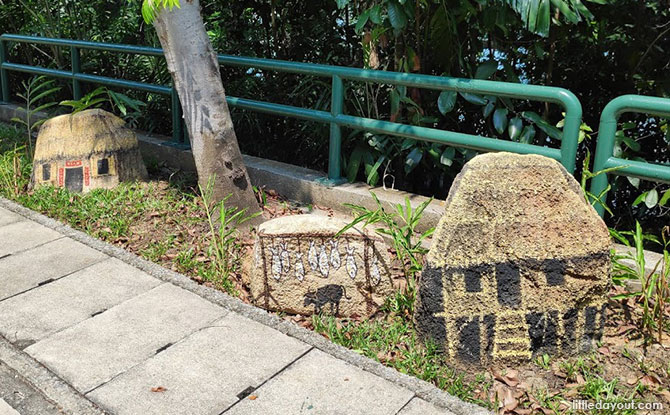 We should be really proud of our local talent making history come alive with the magical touch of his brush at Fort Siloso. So bring your little ones to Fort Siloso for an easy walk down Sentosa and Singapore’s past!
We should be really proud of our local talent making history come alive with the magical touch of his brush at Fort Siloso. So bring your little ones to Fort Siloso for an easy walk down Sentosa and Singapore’s past!
For more details, visit Yip Yew Chong’s blog.





